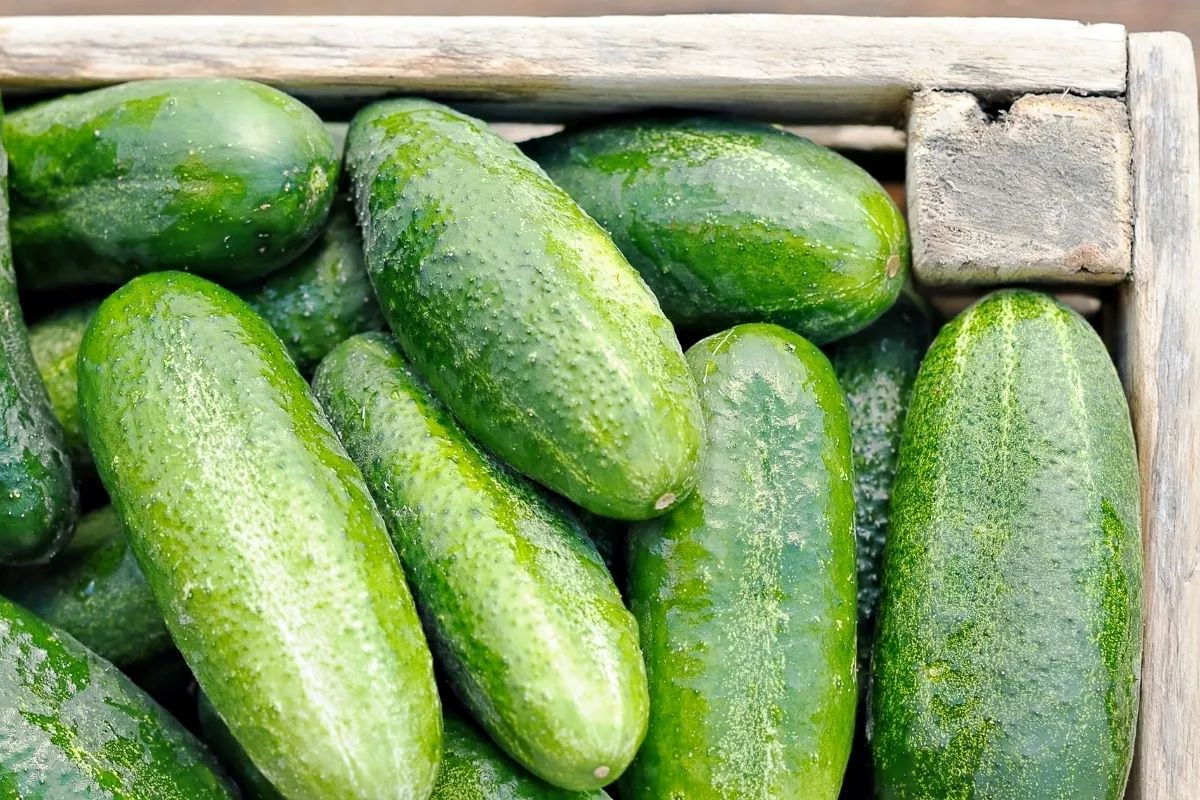

Articles
How To Store Cucumbers For The Winter
Modified: January 18, 2024
Learn how to store cucumbers for the winter with our informative articles. Find useful tips and methods for preserving your cucumbers and enjoying them all year round.
(Many of the links in this article redirect to a specific reviewed product. Your purchase of these products through affiliate links helps to generate commission for Storables.com, at no extra cost. Learn more)
Introduction
As the summer season comes to an end and the temperatures start to drop, you may find yourself with an abundance of cucumbers from your garden or local farmers market. But what do you do with all those cucumbers to ensure they last through the winter months?
Storing cucumbers for winter use requires a bit of preparation and the right storage methods. Whether you want to enjoy the refreshing crunch of cucumbers in your salads or use them for pickling or other recipes during the colder months, there are several options available to keep your cucumbers fresh and flavorful.
In this article, we will explore different methods for storing cucumbers for the winter, including refrigeration, freezing, pickling, dehydrating, and canning. Each method has its own benefits and considerations, so you can choose the one that suits your needs and preferences best.
By properly storing your cucumbers, you can enjoy their taste and nutritional benefits even when they are out of season. So, let’s dive into the world of cucumber preservation and discover how to keep these versatile vegetables fresh and delicious throughout the winter.
Key Takeaways:
- Preserve the summer’s bounty by storing cucumbers for winter using methods like refrigeration, freezing, pickling, dehydrating, and canning. Enjoy their refreshing taste and nutritional benefits all year round.
- Select the best cucumbers, prepare them properly, and choose the right storage method to maintain their freshness and flavor throughout the winter months. Explore various techniques like refrigeration, freezing, pickling, dehydrating, and canning for versatile culinary options.
Read more: How To Store Cucumber
Selecting Cucumbers for Winter Storage
When it comes to storing cucumbers for the winter, the first step is to choose the right cucumbers. Not all cucumbers are suitable for long-term storage, so it’s important to select the best ones to ensure they stay fresh and flavorful.
Here are some tips for selecting cucumbers for winter storage:
1. Choose fresh cucumbers: Look for cucumbers that are firm, with vibrant green skin and no blemishes or signs of softness. Fresh cucumbers will last longer in storage.
2. Opt for thin-skinned cucumbers: Thin-skinned cucumbers tend to store better than thick-skinned ones. They are less likely to become mushy or develop a bitter taste over time.
3. Avoid overripe cucumbers: Overripe cucumbers are soft and yellowish, indicating that they have passed their peak freshness. These cucumbers are not suitable for long-term storage, as they will deteriorate quickly.
4. Harvest cucumbers at the right time: If you are growing your own cucumbers, make sure to harvest them at the right stage of ripeness. Cucumbers intended for winter storage should be picked when they are fully grown but still firm.
5. Consider the variety: Some cucumber varieties are better suited for storage than others. English cucumbers and pickling cucumbers, for example, tend to store well for longer periods compared to other varieties.
By selecting the right cucumbers, you are setting yourself up for success when it comes to storing them for the winter. Next, we will explore the steps you need to take to prepare your cucumbers for storage.
Preparing Cucumbers for Winter Storage
Before you can store cucumbers for the winter, it’s important to properly prepare them. This preparation helps to maximize their freshness and maintain their quality during the storage period.
Here are the steps to prepare cucumbers for winter storage:
1. Wash the cucumbers: Start by washing the cucumbers thoroughly under cool running water. Gently scrub the skin to remove any dirt or debris. This step helps to ensure that no contaminants are present on the cucumbers.
2. Trim the ends: Using a sharp knife, trim off both ends of the cucumbers. This step helps to remove any damaged or bruised areas that may accelerate the spoilage process.
3. Remove wax, if present: Some store-bought cucumbers have a wax coating to enhance their appearance. If your cucumbers have a wax coating, you can remove it by gently scrubbing the skin or peeling them using a vegetable peeler.
4. Slice or dice, if desired: Depending on your preference and intended use, you can choose to slice or dice the cucumbers before storing them. However, it’s important to note that sliced or diced cucumbers may have a shorter shelf life compared to whole cucumbers.
5. Pat dry: After washing and preparing the cucumbers, pat them dry using a clean towel or paper towels. Excess moisture can promote the growth of mold and cause the cucumbers to spoil quickly.
6. Sort and discard damaged cucumbers: Inspect the cucumbers and discard any that are soft, moldy, or have signs of rot. It’s crucial to remove any spoiled cucumbers to prevent them from affecting the other cucumbers in storage.
7. Store in breathable containers: For some storage methods, such as refrigeration or pickling, you will need breathable containers like perforated plastic bags or glass jars. These containers allow airflow, preventing moisture buildup and extending the cucumbers’ shelf life.
By following these preparation steps, you can ensure that your cucumbers are ready for storage and have the best chance of staying fresh and flavorful throughout the winter months. Next, we will explore the various storage methods available for preserving your cucumbers.
Choosing the Right Storage Method
When it comes to storing cucumbers for the winter, there are several methods available to choose from. Each method has its own advantages and considerations, depending on factors such as convenience, space availability, and desired outcome.
Here are some common storage methods for cucumbers:
1. Refrigeration: Storing cucumbers in the refrigerator is a simple and convenient option. The cool temperature helps to slow down the ripening process and extend their shelf life. However, keep in mind that cucumbers stored in the fridge may lose some of their crispness over time.
2. Freezing: Freezing cucumbers is a great option for preserving their texture and flavor. It’s important to blanch the cucumbers before freezing to stop enzyme activity and maintain their quality. Frozen cucumbers are perfect for adding to smoothies, soups, or stir-fries during the winter.
3. Pickling: Pickling cucumbers is a traditional way of preserving their freshness and tangy flavor. This method involves submerging cucumbers in a brine solution made of vinegar, water, and spices. The pickled cucumbers can be stored for several months and are a delicious addition to sandwiches, salads, and charcuterie boards.
4. Dehydrating: Dehydrating cucumbers involves removing the moisture from them, resulting in crunchy cucumber chips. Dehydrated cucumbers can be stored in an airtight container for months and make for a tasty and healthy snack.
5. Canning: Canning cucumbers is a popular method for long-term storage. It involves packing cucumbers in jars and processing them in a hot water bath or pressure canner. Canned cucumbers can be used in various recipes or enjoyed as pickles.
When choosing a storage method, consider your preferences, available resources, and the intended use of the cucumbers. It’s important to follow proper storage techniques for each method to maintain the cucumbers’ quality and ensure their safety for consumption.
In the next sections, we will explore each storage method in detail and provide step-by-step instructions on how to store cucumbers using each method.
Storing Cucumbers in the Fridge
One of the simplest methods for storing cucumbers is by keeping them in the refrigerator. This method helps to maintain their freshness and crispness for a longer period of time.
Here are the steps to store cucumbers in the fridge:
1. Prepare the cucumbers: Wash the cucumbers thoroughly and trim off the ends. If desired, you can slice or dice the cucumbers at this stage.
2. Wrap in paper towels: Take a few layers of paper towels and wrap the cucumbers tightly. This step helps to absorb excess moisture and prevent the cucumbers from becoming soggy.
3. Place in a perforated plastic bag: Put the wrapped cucumbers in a perforated plastic bag or a vegetable storage bag. The perforations allow for airflow, preventing condensation and mold growth.
4. Store in the refrigerator: Find a spot in your fridge where the cucumbers can be stored without being squished. The ideal temperature for storing cucumbers is around 40 degrees Fahrenheit (4 degrees Celsius).
5. Check and use within a week: Regularly inspect the cucumbers for any signs of spoilage. Use them within a week to enjoy their crispness and flavor.
It’s important to note that storing cucumbers in the fridge may cause some loss of flavor and crispness over time. To maintain their optimal quality, it’s recommended to consume them as soon as possible or explore other storage methods if you want to store them for a longer period.
The fridge storage method is particularly useful when you have a small quantity of cucumbers that you plan to use within a short period. However, for larger quantities or if you want to preserve the cucumbers for an extended period, you may consider alternative storage methods like freezing or pickling.
Next, we will explore how to freeze cucumbers for winter use.
Read more: How To Store A Cucumber
Freezing Cucumbers for Winter Use
Freezing cucumbers is a fantastic way to retain their taste and texture for winter use. Although freezing can alter the texture slightly, frozen cucumbers are perfect for adding to smoothies, soups, or stir-fries.
Here are the steps to freeze cucumbers:
1. Prepare the cucumbers: Start by washing the cucumbers thoroughly and slicing them to your desired thickness. You can choose to leave the peel on or remove it, depending on your preference.
2. Blanch the cucumbers: Blanching helps to stop enzyme activity and preserve the cucumbers’ color and texture. Bring a pot of water to a boil and drop the cucumber slices in for about 3 minutes. Then, transfer them to a bowl of ice water to cool down quickly.
3. Pat dry: After blanching, remove the cucumbers from the ice water and pat them dry using a clean towel or paper towels. Excess moisture can result in ice crystals, which can affect the cucumbers’ quality.
4. Pack in freezer bags or containers: Place the cucumber slices into freezer-safe bags or containers. Make sure to remove as much air as possible from the packaging to prevent freezer burn. Label the bags with the date for easy reference.
5. Freeze the cucumbers: Put the packed cucumber slices in the freezer and make sure they are arranged in a flat position. This allows for easy stacking and saves space in your freezer.
6. Use within a few months: Frozen cucumbers can be stored for several months, but it’s best to use them within 3 to 6 months for optimal taste and texture.
When you’re ready to use the frozen cucumbers, you can directly add them to your recipes without thawing. They work well in soups, stews, stir-fries, or even as a refreshing addition to smoothies.
Freezing cucumbers allows you to enjoy their flavor and nutritional benefits even during the winter months when fresh cucumbers are not readily available. However, if you’re looking for a different way to preserve cucumbers, pickling is a popular option that we’ll explore in the next section.
To store cucumbers for the winter, wrap them individually in paper towels and place them in a plastic bag in the crisper drawer of the refrigerator. This will help to absorb excess moisture and keep them fresh for longer.
Pickling Cucumbers for Long-Term Storage
Pickling cucumbers is a traditional method of preserving them for long-term storage. It not only extends their shelf life but also infuses them with delicious tangy flavors.
Here are the steps to pickle cucumbers:
1. Select the cucumbers: Choose firm and small cucumbers that are ideally suited for pickling. The size may vary depending on your preference, but smaller cucumbers tend to have a crisper texture.
2. Wash and trim: Thoroughly wash the cucumbers under cool running water and trim off both ends. You can leave the skin on or peel it according to your preference.
3. Prepare the brine: In a large pot, combine water, vinegar, salt, and any desired spices or flavorings to create your pickling brine. Bring the brine to a boil and let it simmer for a few minutes to infuse the flavors.
4. Pack the cucumbers: Pack the cucumbers tightly into clean, sterilized glass jars, leaving some headspace at the top. You can add garlic cloves, dill, or other spices for additional flavor, if desired.
5. Pour in the hot brine: Carefully pour the hot pickling brine over the cucumbers, ensuring that they are fully submerged. Leave about 1/2 inch of headspace at the top of the jar.
6. Seal the jars: Place the lids on the jars and tighten them securely. You can choose to use traditional canning methods, such as a water bath or pressure canner, to ensure a proper seal and longer shelf life.
7. Store and wait: Store the pickled cucumbers in a cool, dark place for at least a few weeks to allow the flavors to develop. The longer you wait, the more flavorful the pickles become.
Pickled cucumbers can be enjoyed as a crunchy snack, a flavorful addition to sandwiches and burgers, or a side dish to complement a variety of meals. They can be stored for several months or even up to a year when properly sealed and stored in a cool environment.
Be sure to follow proper pickling techniques and guidelines for safe and effective preservation of your cucumbers. Pickling is a versatile and tasty way to enjoy cucumbers long after the summer season ends.
Next, let’s explore another storage method that involves dehydrating cucumbers.
Dehydrating Cucumbers for Winter Use
Dehydrating cucumbers is an excellent way to preserve them while intensifying their flavor and creating a crunchy snack that can be enjoyed during the winter months.
Here are the steps to dehydrate cucumbers:
1. Prepare the cucumbers: Wash the cucumbers thoroughly and trim off both ends. You can choose to leave the skin on or peel it according to your preference.
2. Slice the cucumbers: Using a sharp knife or a mandolin slicer, slice the cucumbers into thin, uniform slices. This ensures that they dehydrate evenly and at the same rate.
3. Remove excess moisture: Place the cucumber slices on a clean kitchen towel or paper towels and gently press them to remove any excess moisture. This step helps speed up the dehydration process.
4. Arrange on dehydrator trays: Lay the cucumber slices in a single layer on the dehydrator trays, making sure they don’t overlap. Leave some space between the slices to allow for proper air circulation.
5. Dehydrate the cucumbers: Set the dehydrator to a low temperature, around 125 degrees Fahrenheit (or follow your dehydrator’s instructions). Let the cucumbers dehydrate for 6 to 10 hours, or until they are completely dried and crispy.
6. Cool and store: Once the cucumbers are dehydrated, remove them from the dehydrator and let them cool completely. Store them in airtight containers or resealable bags to preserve their crispness.
Dehydrated cucumbers make for a convenient and healthy snack. They can also be used as a crunchy topping for salads, added to trail mixes, or ground into a powder to infuse flavor into soups, stews, or dips.
It’s important to note that dehydrated cucumbers may not retain their original color or texture, but they pack a concentrated cucumber flavor that can be a delightful addition to your winter culinary creations.
Now that you know how to dehydrate cucumbers, let’s explore another popular storage method: canning.
Canning Cucumbers for Extended Shelf Life
Canning cucumbers is a popular preservation method that allows you to enjoy their crispness and flavor long after the growing season is over. Canned cucumbers can be used in a variety of dishes or enjoyed as pickles.
Here are the steps to can cucumbers:
1. Select the cucumbers: Choose firm and fresh cucumbers that are ideally suited for canning. It’s best to use pickling cucumbers or smaller varieties for canning.
2. Wash and trim: Thoroughly wash the cucumbers under cool running water and trim off both ends. You can leave the skin on or peel it according to your preference.
3. Prepare the canning equipment: Sterilize the jars, lids, and any canning tools you will be using according to the manufacturer’s instructions. This step ensures proper hygiene and prevents contamination.
4. Create the brine: In a large pot, combine water, vinegar, salt, and any desired spices or flavorings to create your canning brine. Bring the brine to a boil and simmer for a few minutes to infuse the flavors.
5. Pack the cucumbers: Pack the cucumbers tightly into the sterilized jars. You can add garlic cloves, dill, or other spices for additional flavor, if desired.
6. Pour in the hot brine: Carefully pour the hot canning brine over the cucumbers, ensuring that they are fully submerged. Leave about 1/2 inch of headspace at the top of the jar.
7. Process the jars: Place the lids on the jars and process them in a hot water bath canner or pressure canner according to the recommended time and pressure for your altitude and jar size.
8. Cool and check seals: Once the jars have been processed, remove them from the canner and allow them to cool on a clean towel or wire rack. Check for a proper seal by pressing the center of the lid – if it doesn’t flex, the jar is sealed.
Canned cucumbers can be stored in a cool, dark place for up to a year. They can be enjoyed as pickles, added to sandwiches, or used in a variety of recipes and salads.
Remember to follow safe canning practices and guidelines to ensure the preservation of your cucumbers and maintain their quality over time.
Now that you know how to can cucumbers, let’s explore some essential tips for properly storing cucumbers in general.
Read more: How To Store Peeled Cucumbers
Tips for Properly Storing Cucumbers
Proper storage is key to maintaining the freshness and quality of cucumbers, regardless of the storage method you choose. Here are some essential tips to help you store cucumbers effectively:
1. Avoid direct sunlight: Cucumbers are sensitive to heat and light, so store them in a cool and dark place. Exposure to sunlight can cause them to deteriorate quickly.
2. Keep them dry: Moisture promotes the growth of mold and can cause cucumbers to spoil faster. Make sure to pat dry cucumbers before storage and use breathable containers if necessary to prevent excess moisture buildup.
3. Inspect regularly: Regularly check your stored cucumbers for any signs of spoilage, such as mold or mushiness. Remove any spoiled cucumbers promptly to prevent them from affecting others.
4. Store away from ethylene-producing fruits: Ethylene gas accelerates the ripening process and can cause cucumbers to spoil faster. Keep cucumbers away from fruits like apples, bananas, and melons that produce ethylene.
5. Consider different storage methods: Depending on your needs and preferences, explore different storage methods such as refrigeration, freezing, pickling, dehydrating, or canning. Each method offers its own benefits and allows you to enjoy cucumbers in different ways.
6. Label and date: If you are storing cucumbers using techniques like freezing or canning, it’s essential to label and date the containers. This helps you keep track of their freshness and use them in a timely manner.
7. Use cucumbers in a timely manner: Cucumbers are best enjoyed when fresh. While they can be stored using various methods, it’s recommended to use them within a reasonable time frame for optimal taste and quality.
By following these tips, you can ensure that your cucumbers stay fresh and flavorful for as long as possible. Whether you choose to store them in the refrigerator, freezer, jars, or dehydrated form, proper storage techniques are essential to maintain their quality.
Now that you’re equipped with various storage methods and tips for preserving cucumbers, you can enjoy their refreshing taste even during the winter months.
As a final reminder, always refer to reliable sources and follow proper food safety guidelines when storing and preserving cucumbers to ensure the safety of your produce.
Happy storing and enjoy your cucumbers all year round!
Conclusion
Storing cucumbers for the winter can be a rewarding and practical way to enjoy their refreshing taste and nutritional benefits long after the summer months have faded. Whether you prefer the crispness of fresh cucumbers or the tangy flavor of pickles, there are various methods available to preserve cucumbers for winter use.
From refrigeration to freezing, pickling to dehydrating, and canning, each storage method offers its own unique advantages and considerations. It’s important to choose the method that best suits your needs, preferences, and available resources.
By selecting the right cucumbers, properly preparing them, and following the appropriate storage techniques, you can ensure that your cucumbers maintain their freshness, taste, and nutritional value throughout the winter months. Whether you’re adding them to salads, pickling them for sandwiches, or using them in your favorite recipes, properly stored cucumbers can be a versatile and delicious ingredient in your winter culinary endeavors.
Remember to inspect your cucumbers regularly and promptly remove any spoiled ones to prevent the spread of spoilage. Additionally, be mindful of proper labeling and dating when using methods like freezing or canning to track the freshness of your stored cucumbers.
With these tips and storage methods in mind, you can embark on a journey of preserving cucumbers and enjoy the taste of summer all year round. So, go ahead, select your cucumbers, and store them properly to savor their delightful flavors even during the coldest months.
Happy storing and winter enjoyment!
Frequently Asked Questions about How To Store Cucumbers For The Winter
Was this page helpful?
At Storables.com, we guarantee accurate and reliable information. Our content, validated by Expert Board Contributors, is crafted following stringent Editorial Policies. We're committed to providing you with well-researched, expert-backed insights for all your informational needs.
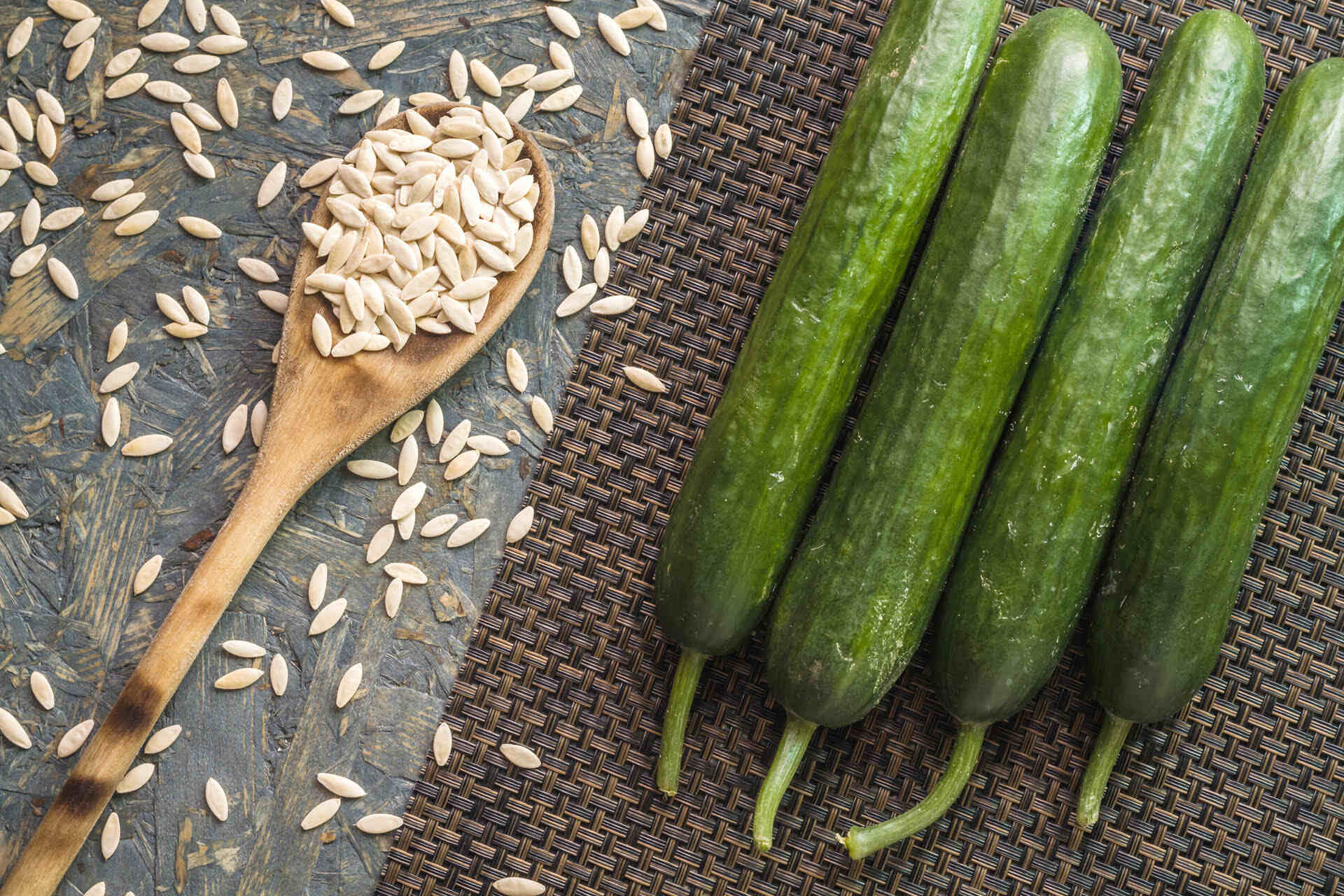
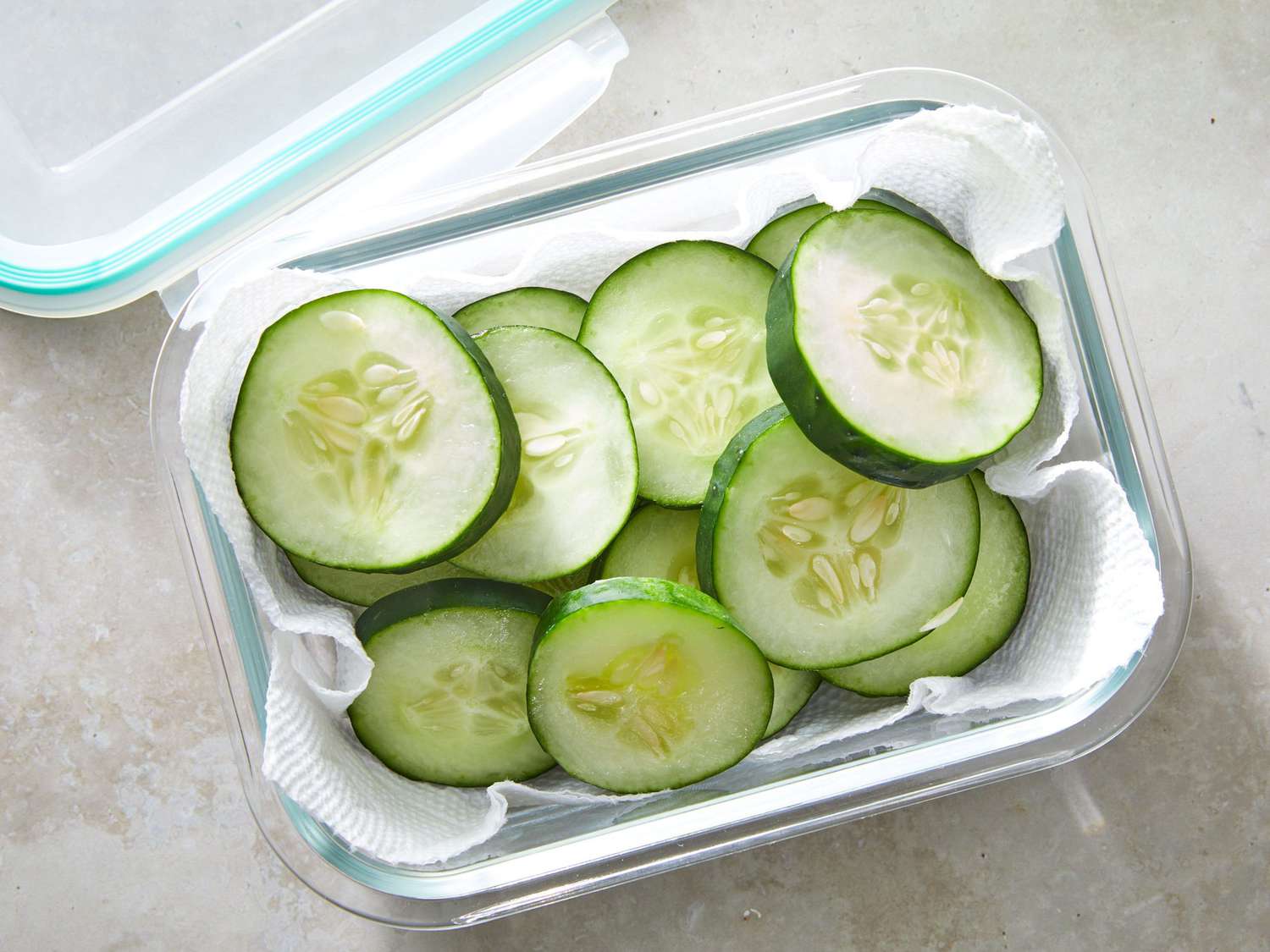
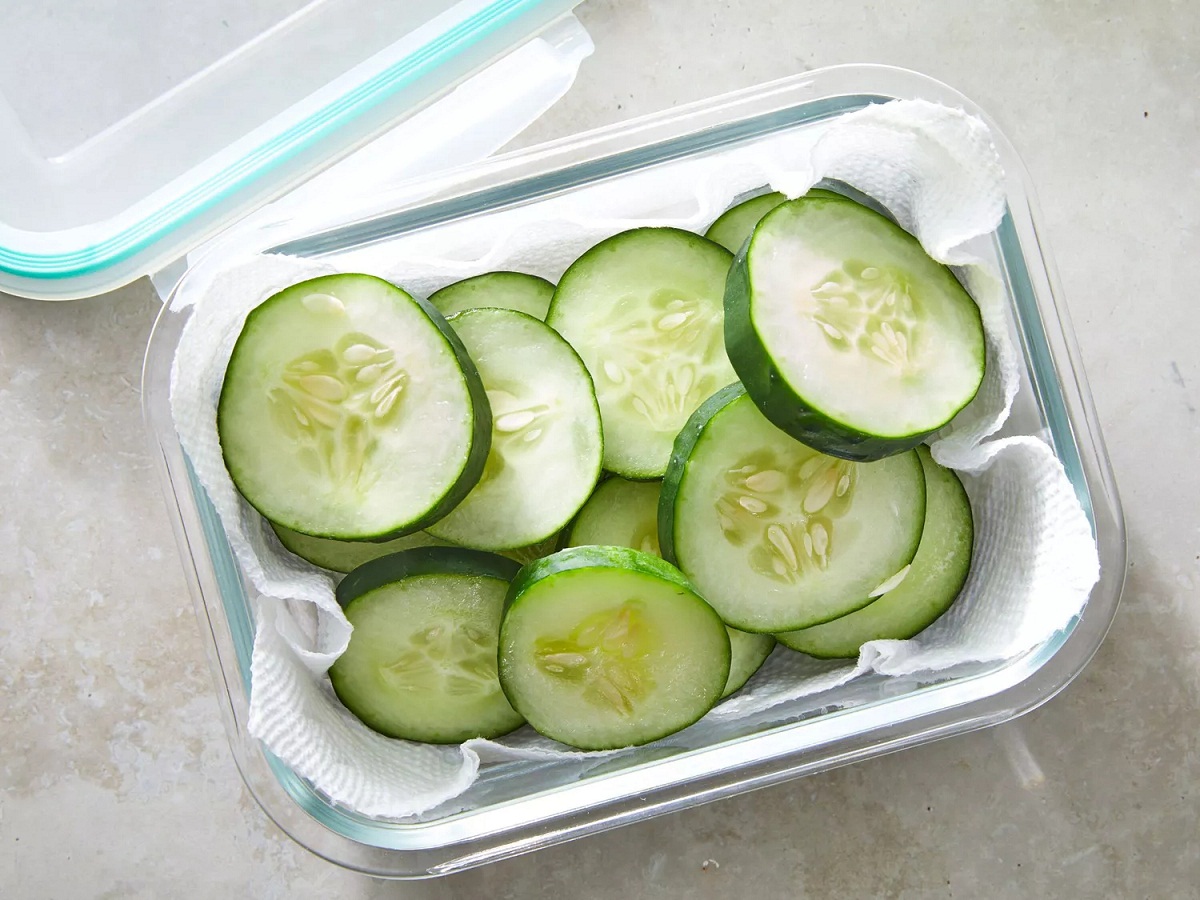
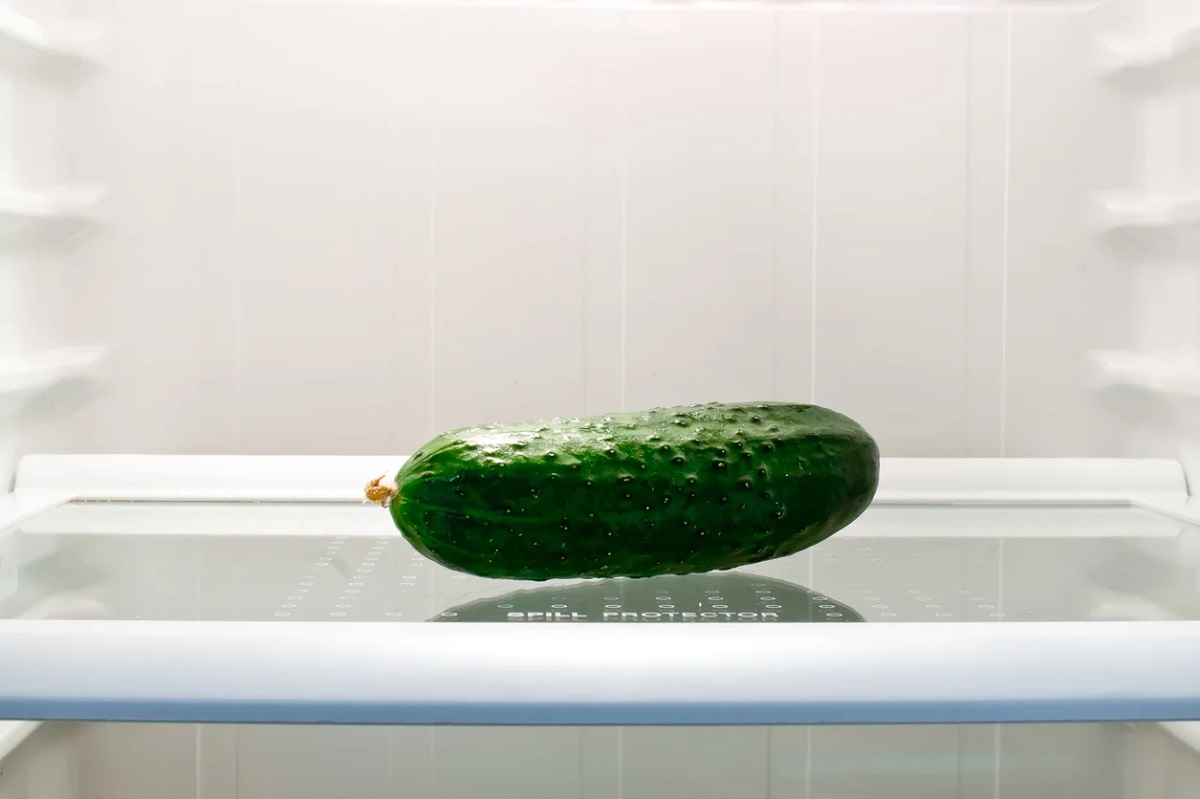
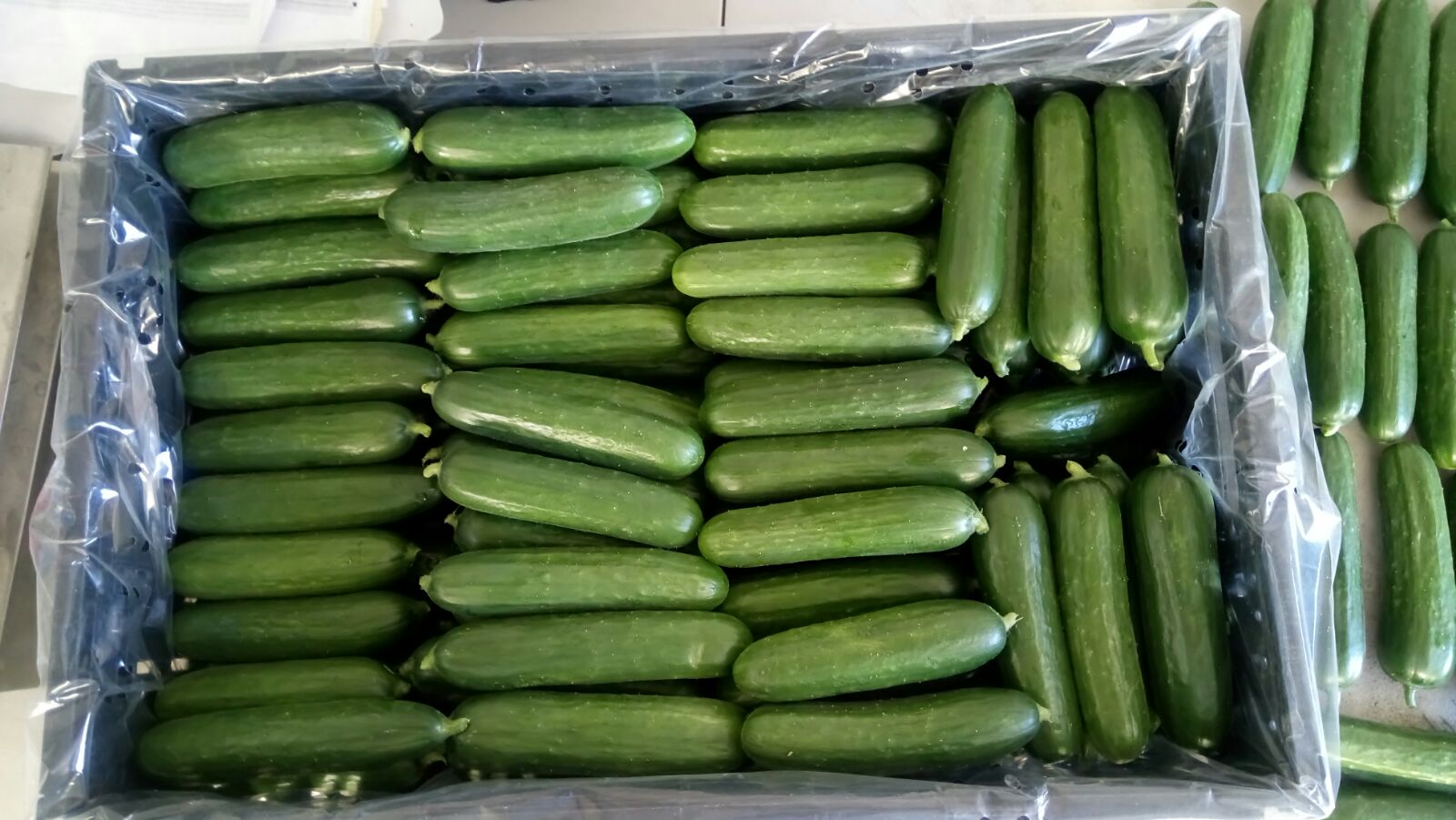
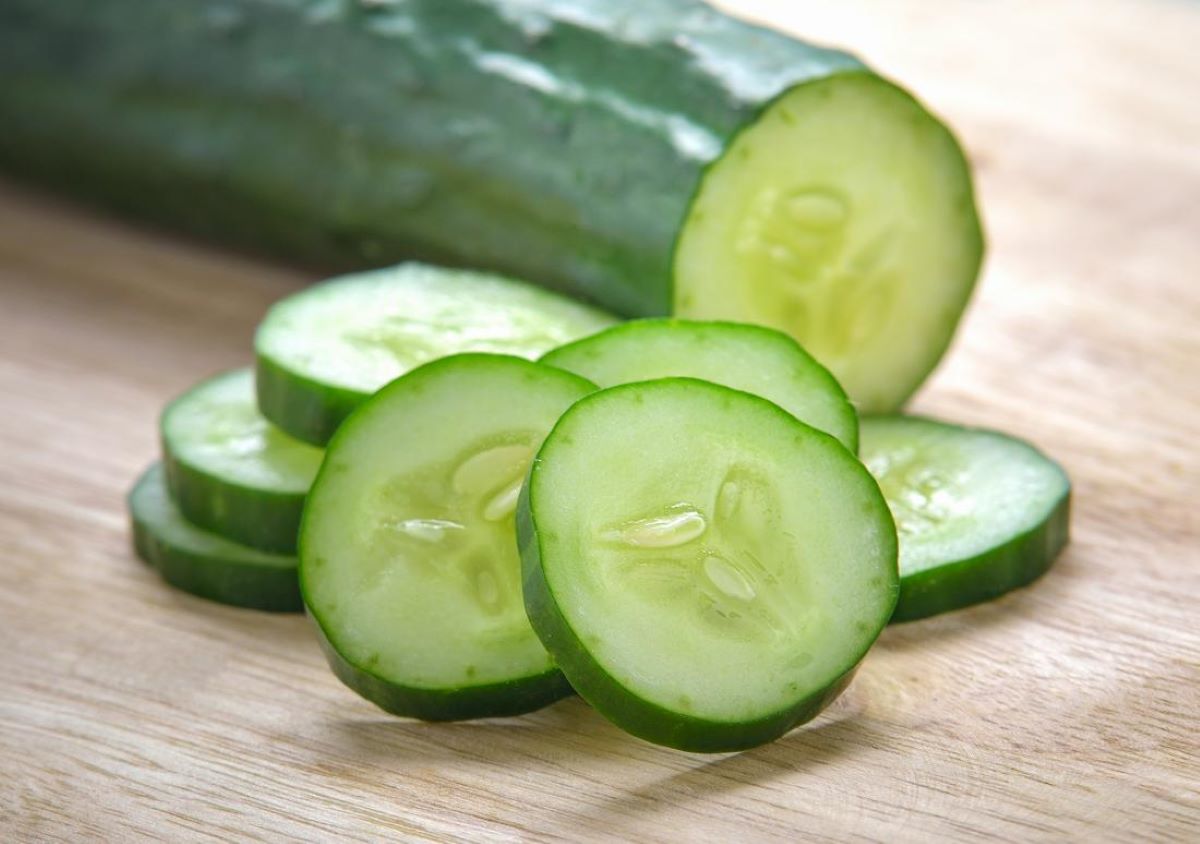

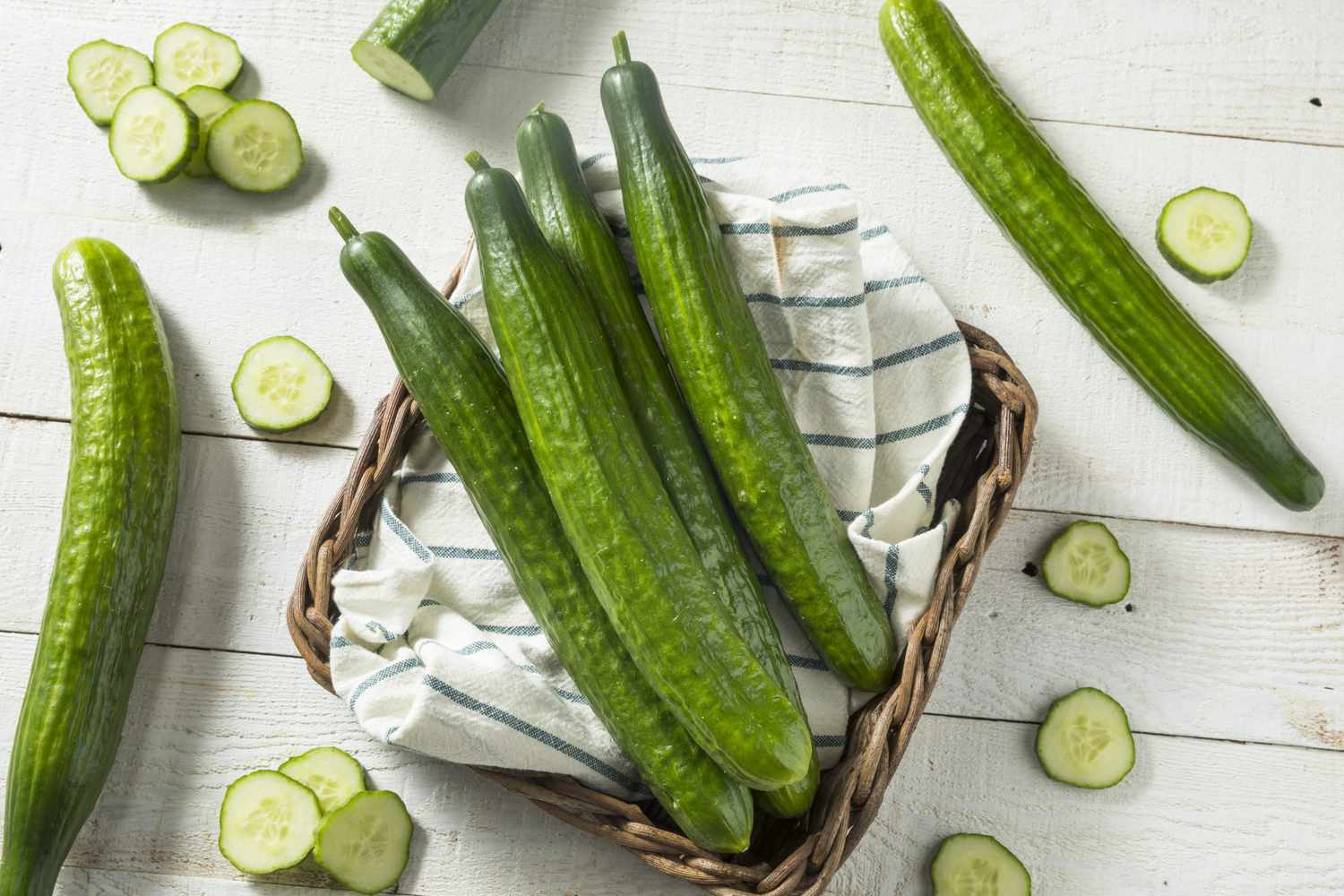
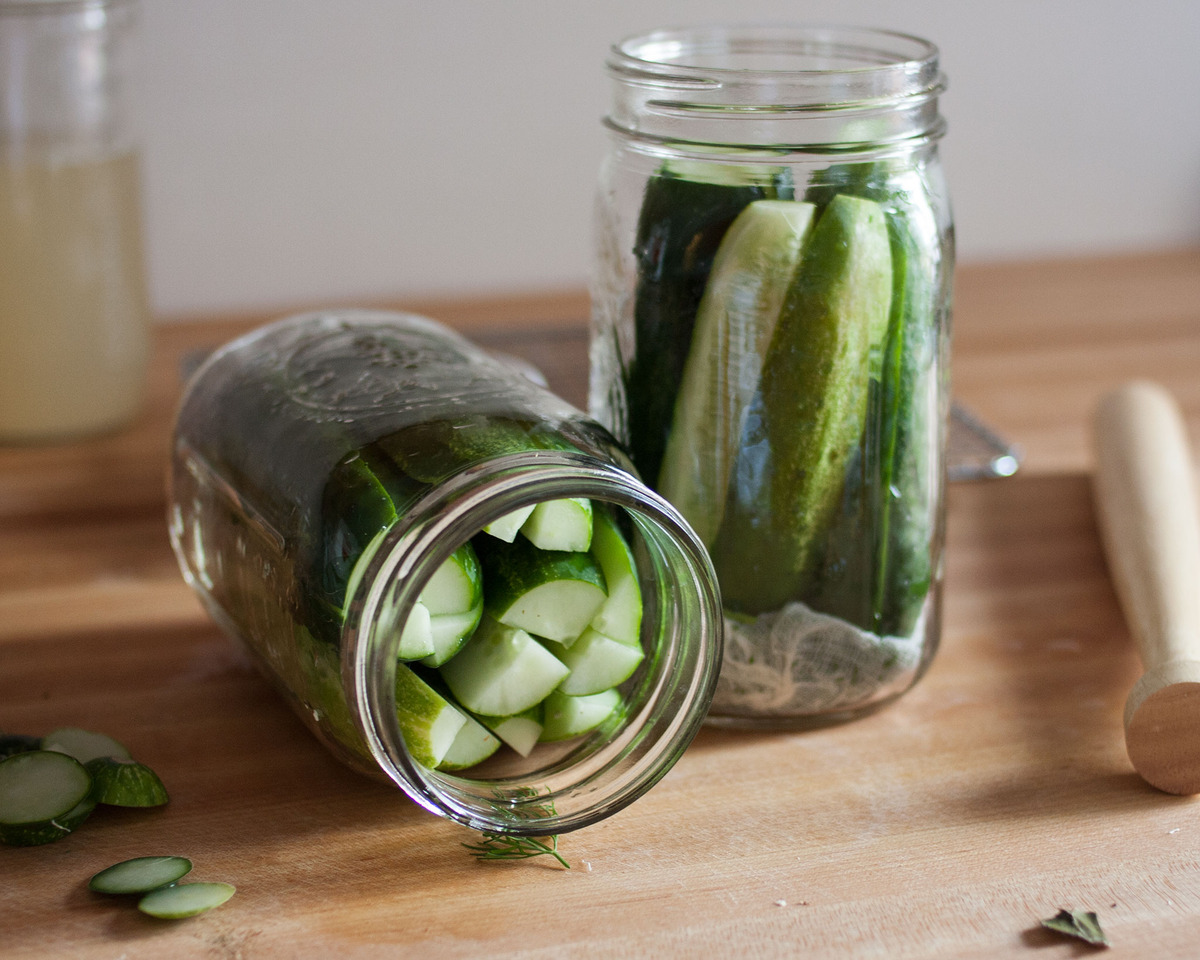
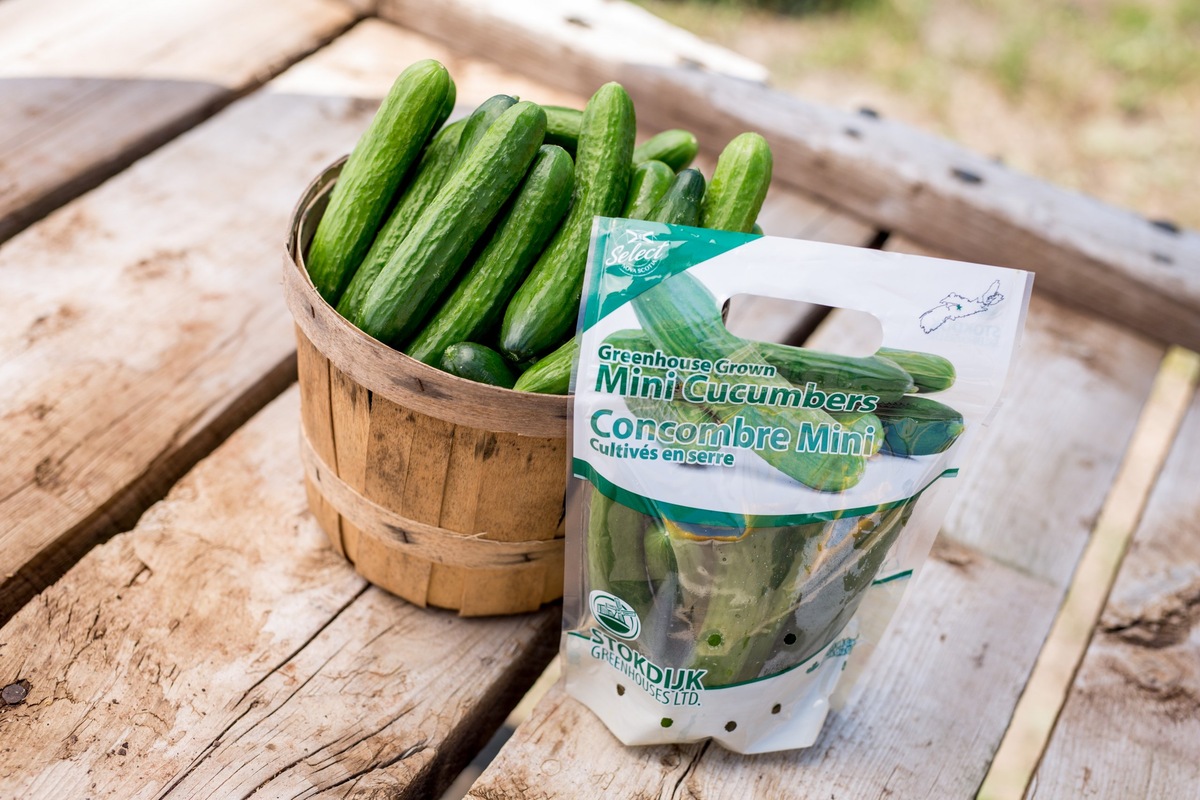
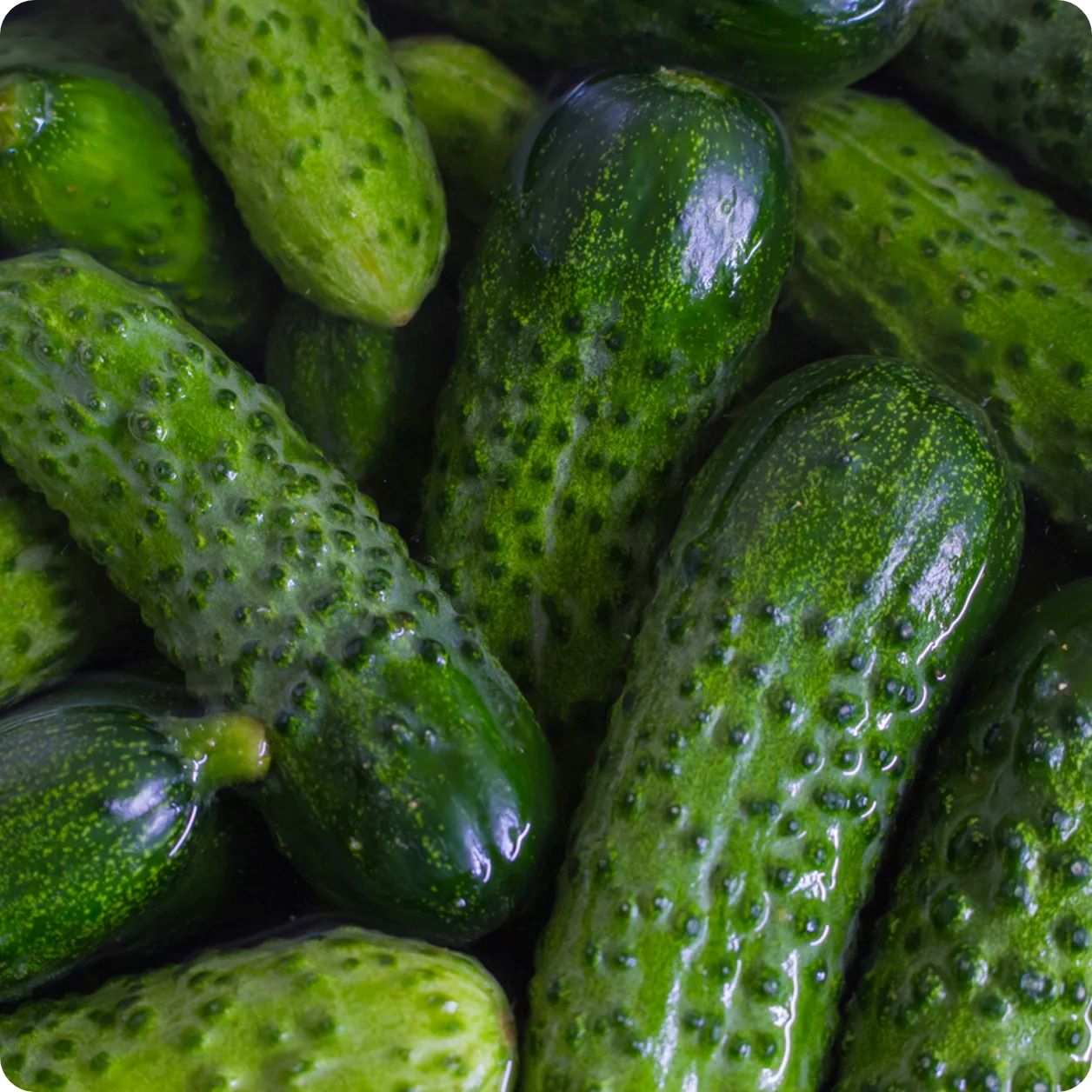
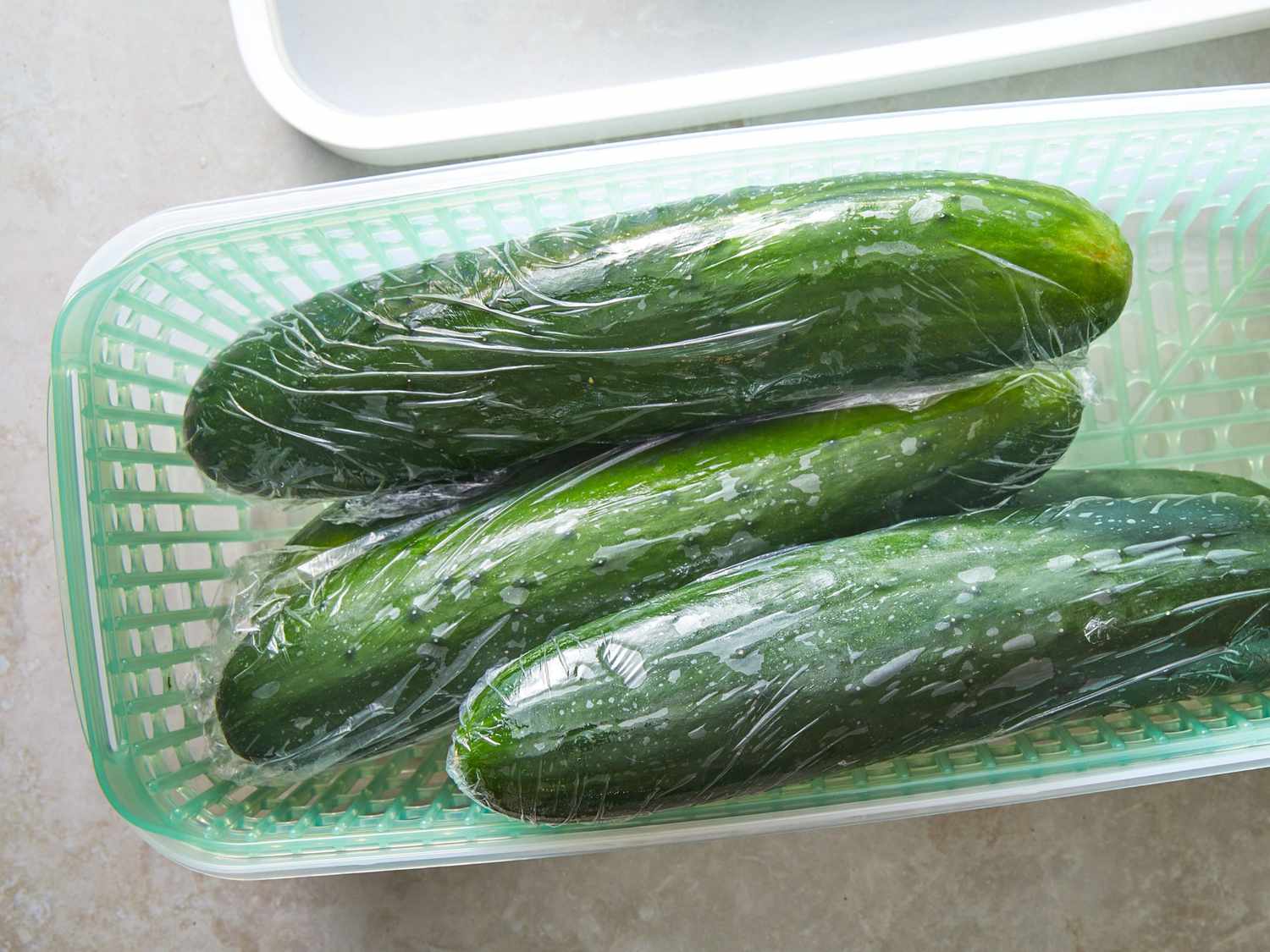
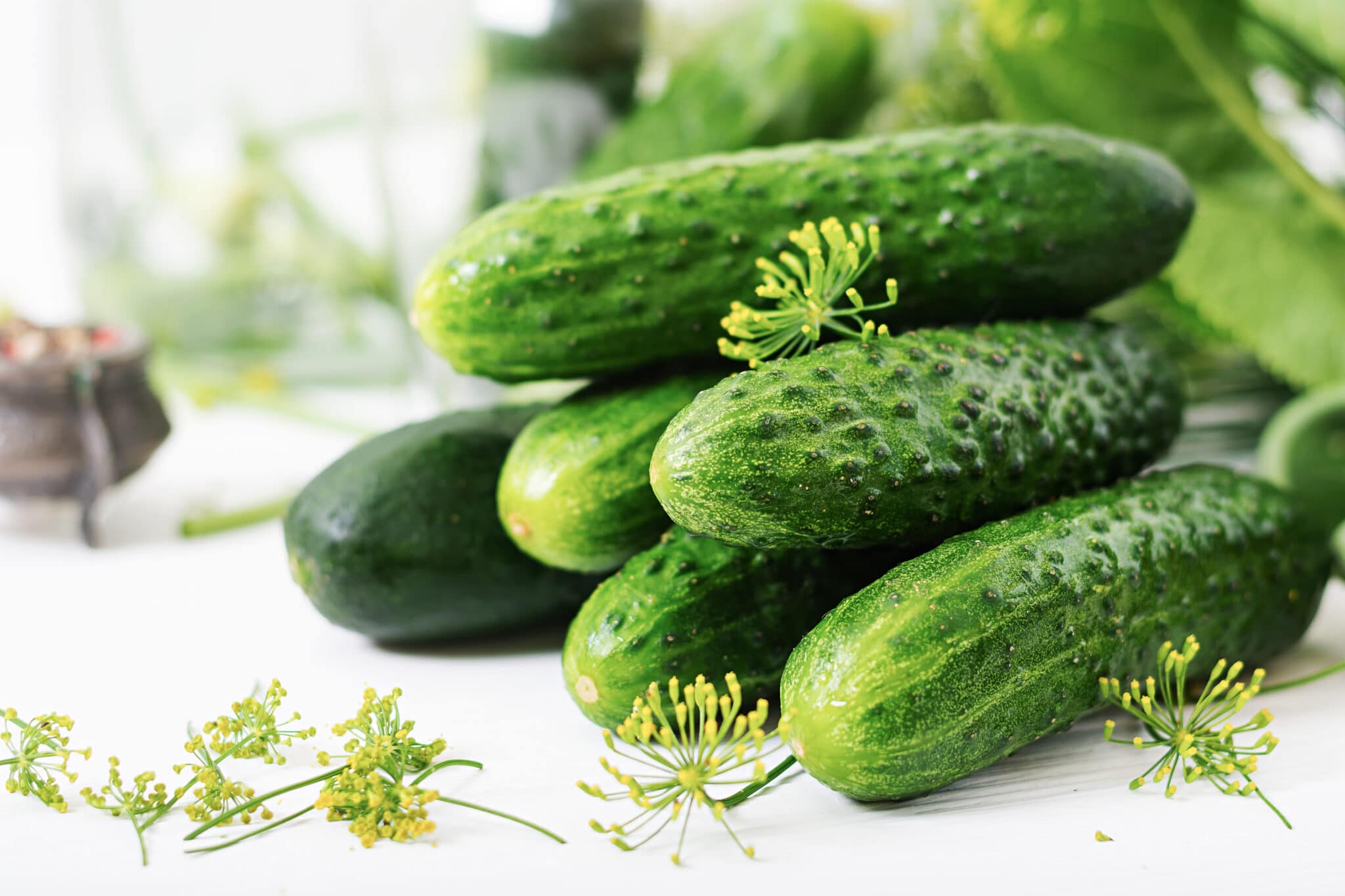

0 thoughts on “How To Store Cucumbers For The Winter”